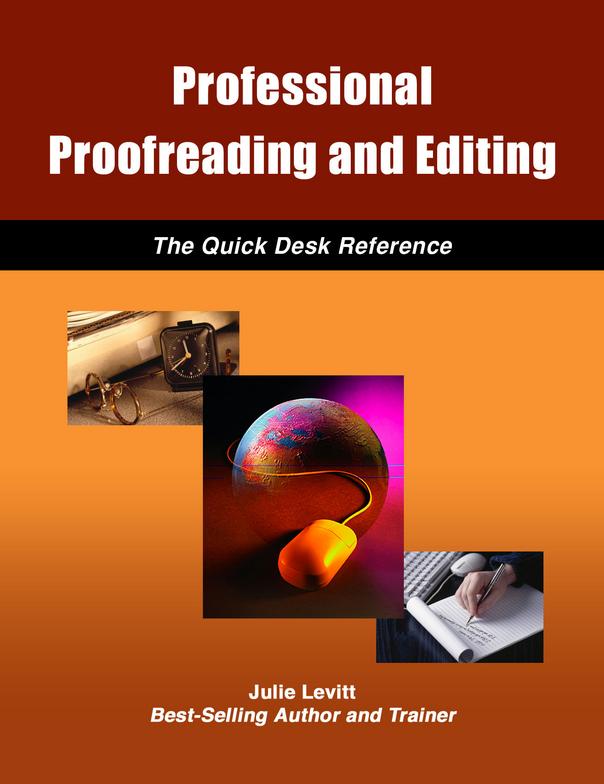
|
|||
|
Intended For This
course is intended for all people who write business
documents. This includes professional and technical staff,
writers, supervisors, and administrative support, as well as human
resources, sales, and public relations staff. Prerequisites Participants are
expected to be well experienced in basic grammar and writing
skills, including sentence and paragraph development, spelling, and
punctuation. Primary Goal The
primary goal of this course is to master techniques for
proofreading and editing quickly and to enhance the clarity,
correctness, and professional image of written
communications. Learning Objectives
Review and use standard proofreader's marks to improve accuracy of
instructions for correction.
Comprehensive, Professional Book Provided Participants receive a 75-page instructional book that provides hands-on experience and serves as a comprehensive reference for future use. The text reflects current business trends.
Contents for
Text-Workbook STANDARD PROOFREADER’S MARKS THREE-STEP PROOFREADING METHOD BUSINESS LETTER, MEMO, E-MAIL, ENVELOPE FORMATS KEYBOARDING ERRORS SPELLING AND WORD USAGE GRAMMATICAL AND PUNCTUATION POINTERS
PROOFREADING PRECISION TECHNIQUES PROFESSIONAL PROOFREADING POLISH PROOFREADING WEB DOCUMENTS EDITING FOR STRUCTURAL ACCURACY, CLARITY, CONCISENESS
EDITING FOR SENTENCE AND PARAGRAPH STRUCTURE
EDITING TO IMPROVE TONE: MAKE IT POSITIVE SUMMARY: EDITING FOR TONE, CLARITY, AND CONCISENESS PROOFREADING AND EDITING FOR LOGIC AND COMPLETENESS
GUIDELINES FOR PROOFREADING NUMBERS
APPENDIX ITEMS: Appendix
Item A: Word Division and Hyphenation |